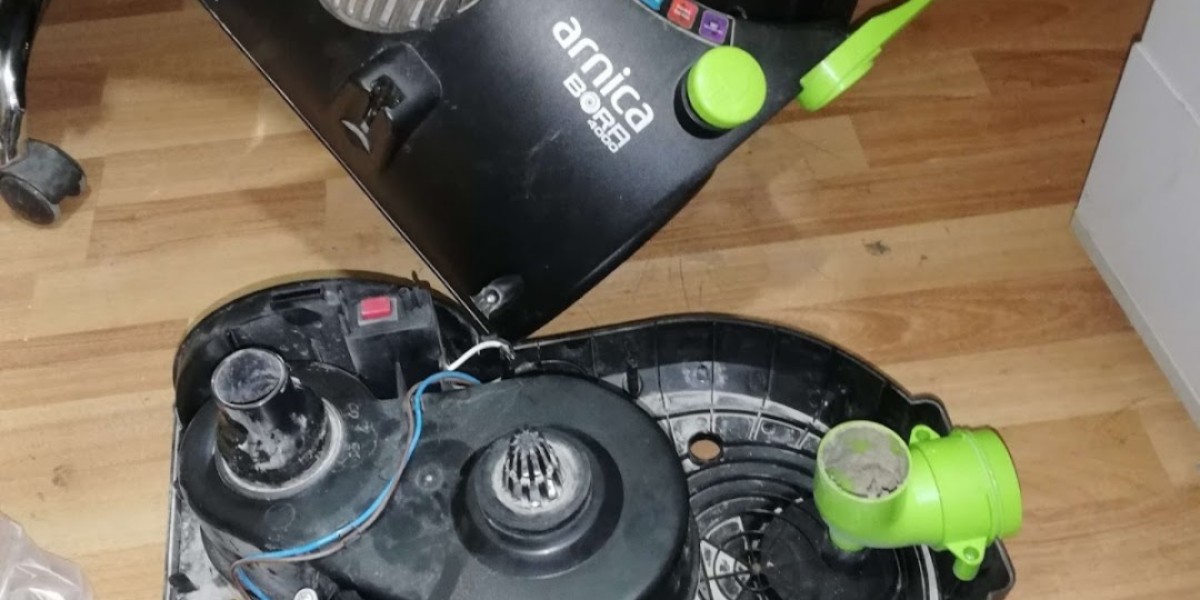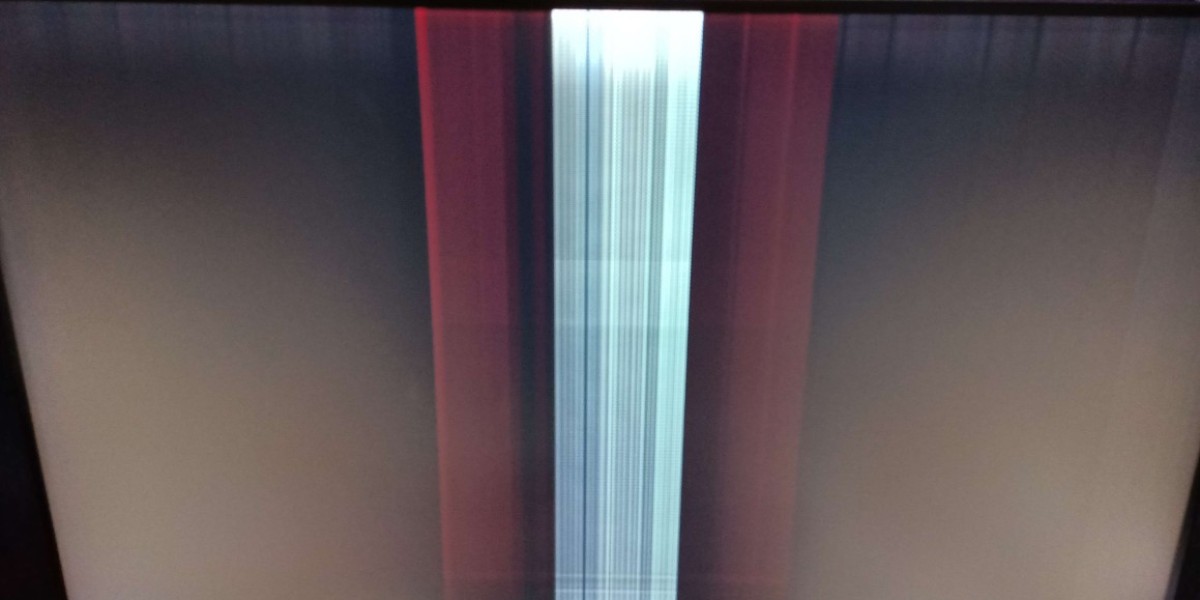In today’s environmentally conscious world, manufacturers face growing pressure to ensure their products meet strict environmental standards. One such regulation that plays a critical role in promoting eco-friendly practices is RoHS — the Restriction of Hazardous Substances Directive. RoHS compliance testing is not only a legal requirement for many markets but also a vital step in demonstrating environmental responsibility and product safety.
This article dives deep into RoHS compliance testing — what it is, why it matters, the substances it covers, testing methods, and how to ensure your products pass with flying colors.
What is RoHS Compliance?
RoHS, or Directive 2011/65/EU (and its updated version, RoHS 3 - Directive 2015/863), is a European Union directive that restricts the use of specific hazardous materials found in electrical and electronic equipment (EEE). It aims to reduce environmental and health risks by limiting substances that are harmful when improperly disposed of or recycled.
Why is RoHS Compliance Important?
✅ Legal Requirement: RoHS compliance is mandatory in the EU and many other countries. Non-compliance can lead to hefty fines, product recalls, and bans from entering the market.
? Environmental Impact: RoHS promotes the use of safer materials, reducing toxic waste in landfills and environmental contamination.
?️ Consumer Safety: RoHS testing ensures that products are safe for users, particularly children and vulnerable populations.
? Market Access: Many global supply chains and retailers require RoHS certification before purchasing components or products.
Substances Restricted by RoHS
RoHS currently restricts 10 hazardous substances:
| Substance | Maximum Allowed Limit (ppm) |
|---|---|
| Lead (Pb) | 1000 |
| Mercury (Hg) | 1000 |
| Cadmium (Cd) | 100 |
| Hexavalent Chromium (Cr⁶⁺) | 1000 |
| Polybrominated Biphenyls (PBB) | 1000 |
| Polybrominated Diphenyl Ethers (PBDE) | 1000 |
| Bis(2-ethylhexyl) phthalate (DEHP) | 1000 |
| Benzyl butyl phthalate (BBP) | 1000 |
| Dibutyl phthalate (DBP) | 1000 |
| Diisobutyl phthalate (DIBP) | 1000 |
What is RoHS Compliance Testing?
RoHS compliance testing involves analyzing materials and components in electronic products to detect the presence and concentration of restricted substances. It is used to ensure that no part of the product exceeds the limits defined by the directive.
Common RoHS Testing Methods
X-Ray Fluorescence (XRF) Spectroscopy
Purpose: Preliminary screening of components.
Advantages: Fast, non-destructive, cost-effective.
Limitations: Not suitable for detecting organic substances like phthalates.
Wet Chemical Analysis (e.g., ICP-OES, ICP-MS)
Purpose: Precise identification of metals (e.g., Pb, Cd, Hg).
Advantages: Highly accurate and quantitative.
Limitations: Time-consuming, destructive testing.
Gas Chromatography-Mass Spectrometry (GC-MS)
Purpose: Detects and quantifies phthalates and organic compounds.
Advantages: Essential for RoHS 3 compliance.
Limitations: Requires sample preparation and expertise.
Fourier-Transform Infrared Spectroscopy (FTIR)
Purpose: Identifies chemical bonds in phthalates and other organics.
Advantages: Non-destructive, used for qualitative analysis.
RoHS Compliance Process
Material Declaration Collection
Gather documentation from suppliers to identify material compositions.Risk Assessment
Identify high-risk components that may contain restricted substances.Laboratory Testing
Conduct XRF screening and follow up with chemical analysis if needed.Technical Documentation
Maintain a RoHS Technical File (RTF) including test reports, BOMs, and declarations.Declaration of Conformity (DoC)
Issue a formal RoHS DoC to affirm product compliance.
Who Performs RoHS Testing?
RoHS testing can be done in-house (for large manufacturers with lab capabilities) or outsourced to certified third-party laboratories. Notable RoHS testing labs include:
SGS
Intertek
TÜV SÜD
Bureau Veritas
UL Solutions
Tips for Passing RoHS Compliance Testing
Work with trusted suppliers who can provide Material Safety Data Sheets (MSDS) and compliance certifications.
Implement supplier auditing programs to reduce non-compliance risk.
Keep detailed documentation and update it regularly.
Use RoHS-compliant parts during product design to minimize rework later.
Choose testing labs with ISO/IEC 17025 accreditation for reliable results.
RoHS vs REACH – What's the Difference?
| Feature | RoHS | REACH |
|---|---|---|
| Focus | Electrical and Electronic Equipment | All chemical substances |
| Type | Restriction Directive | Registration & Evaluation Regulation |
| Number of Substances | 10 (as of RoHS 3) | 200+ SVHCs (constantly updated) |
| Region | EU | EU |
Both aim to protect human health and the environment, but they apply to different scopes.
Conclusion
RoHS compliance testing is an essential process for any company manufacturing or importing electrical and electronic products into the EU or other regulated markets. It ensures legal compliance, protects the environment, and builds trust with consumers.
By understanding the substances restricted under RoHS, using appropriate testing methods, and maintaining accurate documentation, companies can confidently bring safe and sustainable products to the market.
FAQs on RoHS Compliance Testing
Q1. Is RoHS mandatory?
Yes, RoHS is mandatory for selling electronics in the EU and several other jurisdictions.
Q2. How often should I test for RoHS?
You should test whenever materials, suppliers, or designs change, or during product development cycles.
Q3. Does RoHS apply to batteries?
RoHS applies to electrical and electronic equipment. Batteries are regulated under the EU Battery Directive, though overlap may occur.
Q4. Can I self-declare RoHS compliance?
Yes, but proper testing and documentation must support your Declaration of Conformity.








